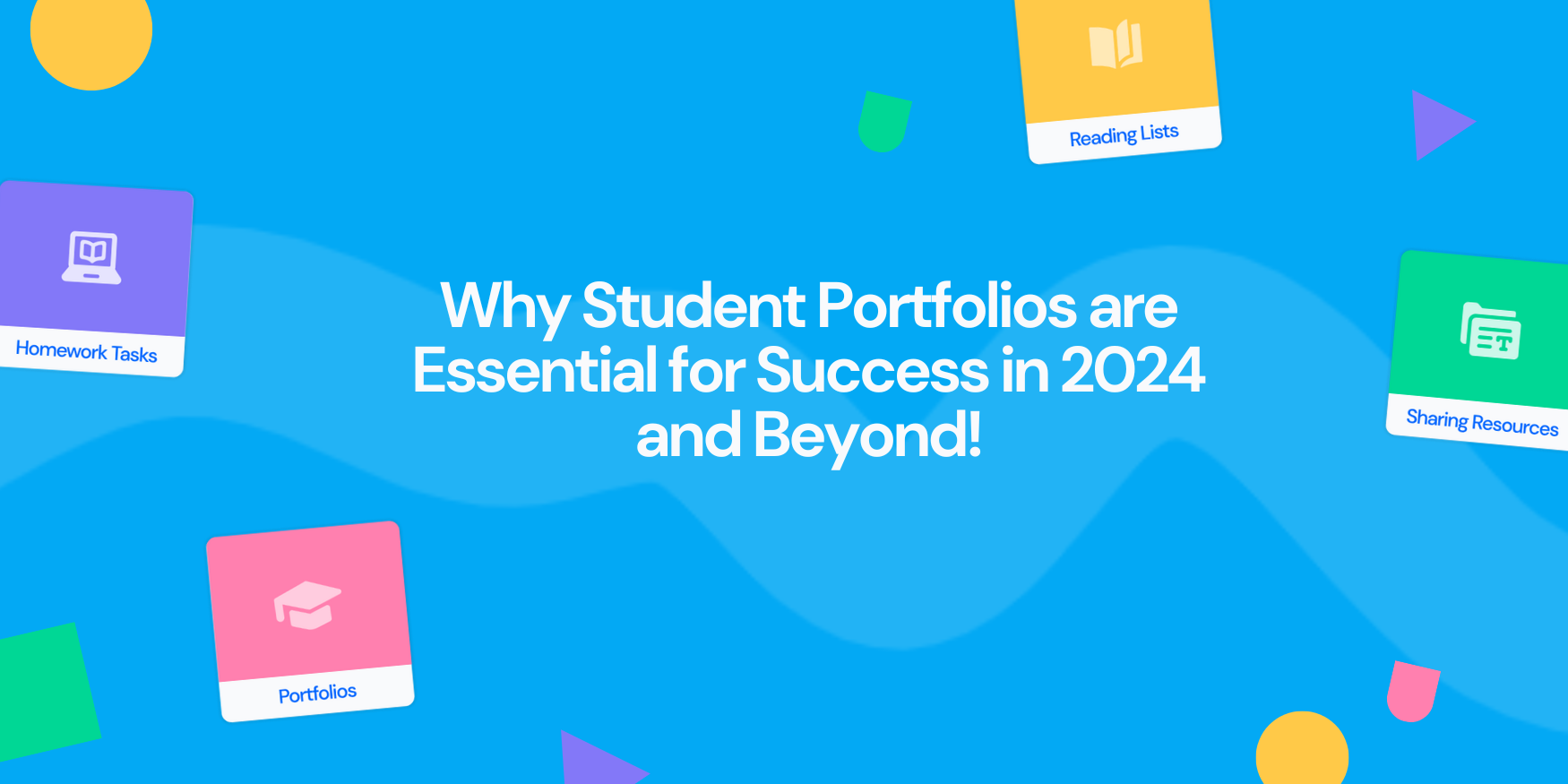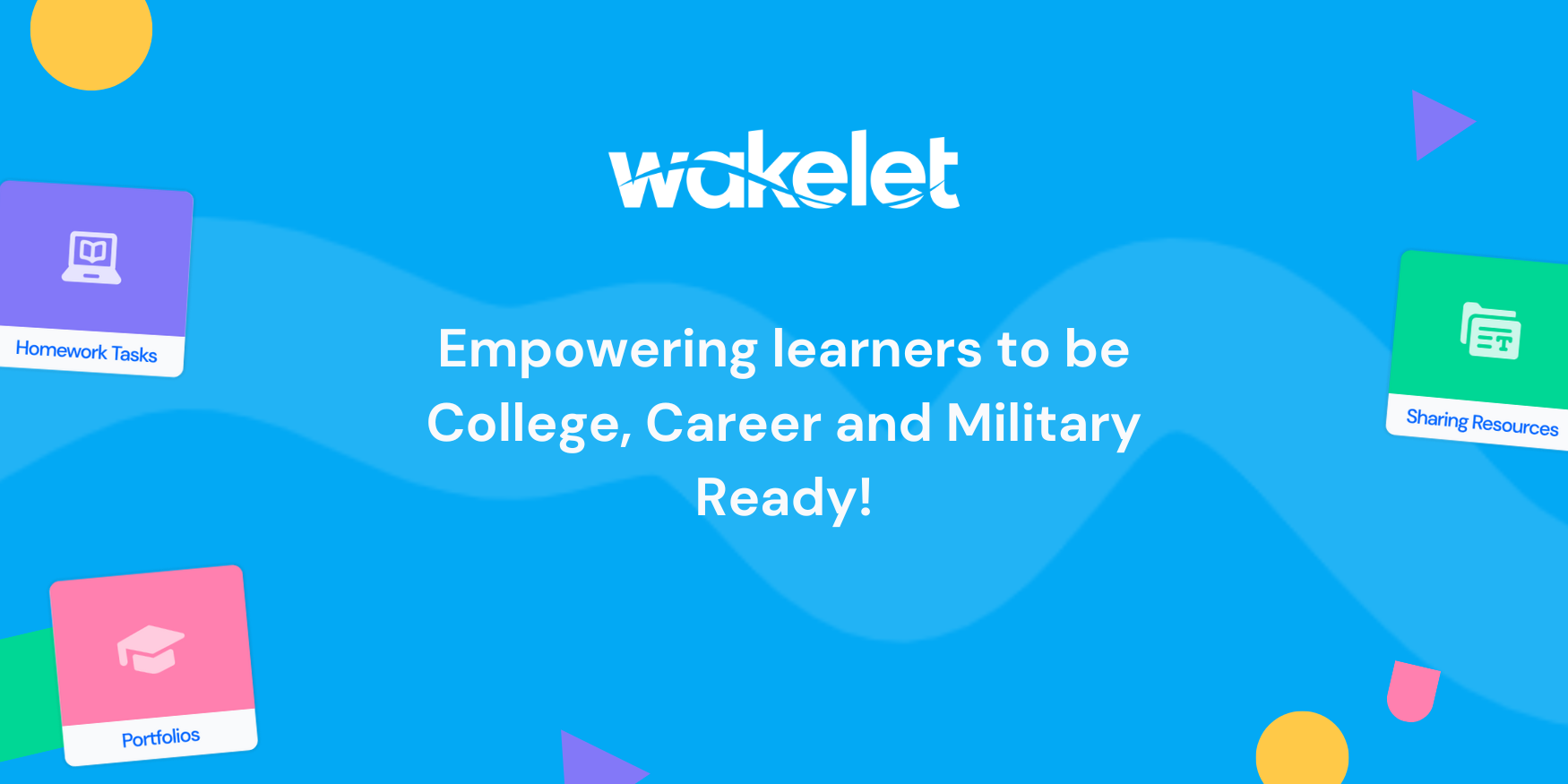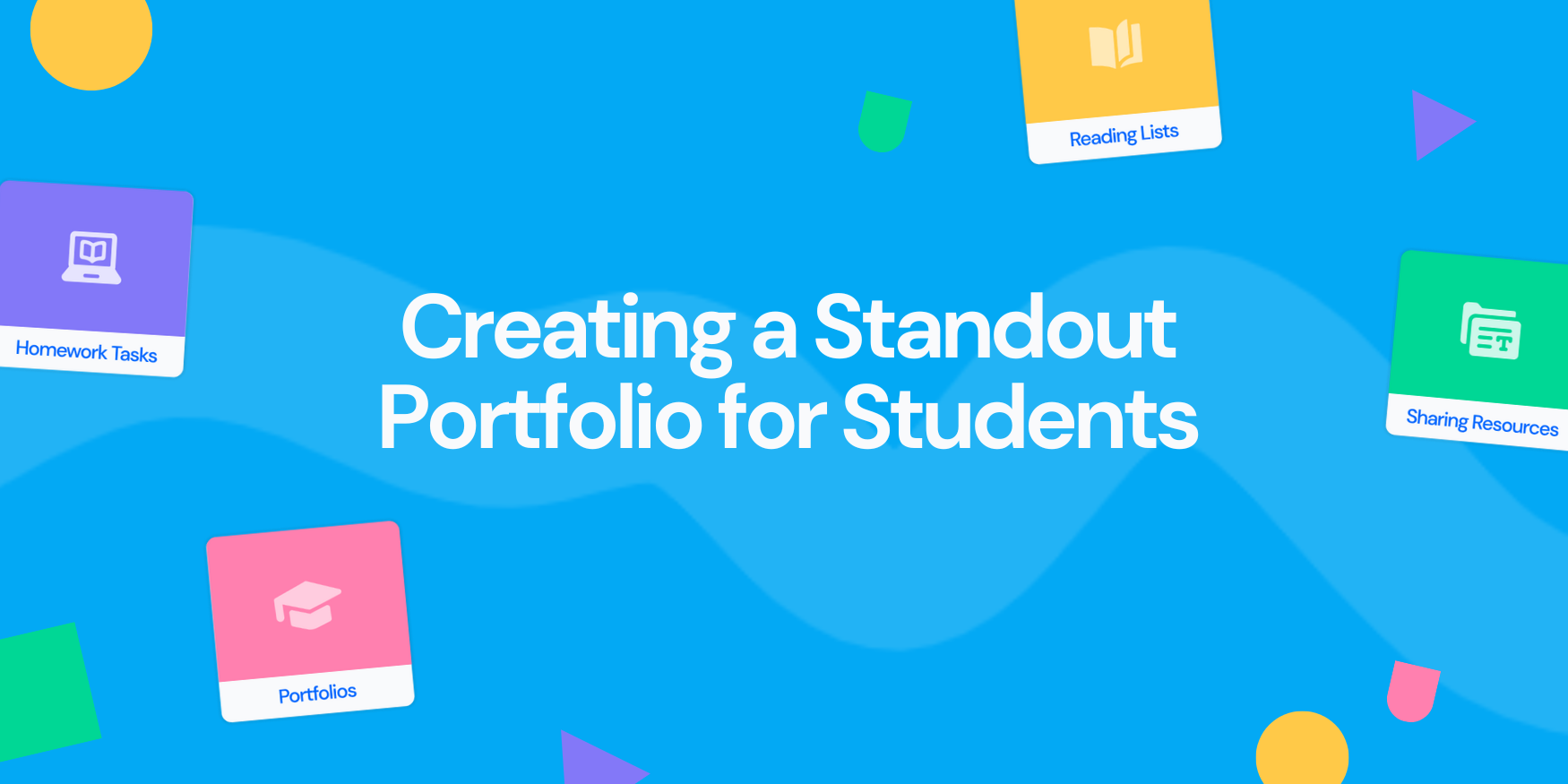The Rise of Portfolios: A Holistic Approach to Measuring Student Success
A changing landscape
We can all agree that there’s an issue with standardized testing right? A quick search on Google will prove that it’s a spicy subject amongst academics, with articles ranging from the mildly critical, to calling for the complete dismantling of the US testing system.
The COVID-19 pandemic was a watershed moment for most sectors across the world - with the Education sector experiencing more challenges than most. The issue of standardized testing, however, was overshadowed by the more practical struggles faced by educators - like school shutdowns, curriculum delivery and remote learning. Quietly looming on the horizon though, were some big questions; How do we test our students this year? SHOULD we test our students this year? What about college applications? What happens to all those standardized tests we paid good money for?
As school districts and test makers scrambled to solve the problem, colleges across the US bit the bullet and dove headfirst into the “forced experiment” of “test-optional” admissions. Problem solved? Not exactly.
It’s now 2023, and in 3 short years, the landscape of college admissions has completely changed. Right now, 80% of colleges and universities in the US (including all 8 Ivy League colleges) still do not require either an SAT or ACT score for admission. 45% of these have made this change permanent. The entire California University system (475,000 students enrolled on 23 campuses) has become “test-blind” or “score-free”, meaning that applicants’ standardized exam results are not considered even if they are submitted.
Those who consider standardized testing to be a very narrow definition of student success will no doubt see this as a grand victory. After all, if the reason students take these tests is to get into college, but the colleges no longer require them, then what is the point in taking them in the first place?
Should scores measure student success?
This writer is taking a more nuanced approach. Yes, standardized testing as a concept has been under much scrutiny since its rather shady inception (Army IQ test, eugenics-obsessed creator kind of shady). It’s alarming that a SAT score can be predicted by the race and earning power of the parents of the student taking it. And sure, SATs do a terrible job of measuring key skills that employers look for, like communication, critical thinking, creativity, problem-solving and work ethic. They also happen to be a pretty poor method of ranking understanding, rather than just memory. So much for nuance right?
Okay so maybe I do sway more in the direction of “standardized testing isn’t the best way of measuring student success”. But there’s no point in arguing this unless an alternative method of showcasing student success can be successfully implemented. Without test scores, how do your students stand out from the crowd when it comes to college admissions? How do they provide evidence of their skill, talent, and ability?
Well here’s my very unqualified but very passionate prediction: As more colleges change their admissions policies, standardized testing will be replaced by more holistic, evidence-based proof of skill - namely portfolios.
The death of test scores. The birth of the portfolio.
The pandemic wasn’t the starting point for criticism of standardized testing. For years, academics and researchers have pulled at the thread of modern testing and assessment methods - questioning their effectiveness in measuring student learning.
The Gordon Commission for the Future of Assessment in Learning was a study group set up by some of the top academics in Education. Their published findings from 2018 stated that “Portfolio assessments served better than tests as both a measure and a motivator of development”. They also stated that “Assessments will need to be diagnostic, prescriptive, instructive, and capable of documenting what exists - capturing the processes by which abilities are developing.”
I don’t know about you, but that sounds like a pretty definitive touchdown for team portfolios - and a very accurate prediction for what was to come.
The way I see it, the pandemic merely accelerated what was already going to happen: a complete overhaul of the way education systems measure student success, and the extinction of standardized testing as a whole.
We’re seeing colleges and employees shift towards requiring more authentic forms of assessment that better reflect the ability and growth of a candidate. We’re seeing much more emphasis on student's ability to provide evidence of their learning in personalized and creative ways. We’re also seeing high school teachers scrambling to come up with ways that will best showcase student success in lieu of a standardized test score.
This is where the power of portfolios truly shines. They offer teachers a way to equip their students with all they need to make a compelling case to any college admissions department. With decisions no longer being made exclusively through test scores, admission departments need something richer and more meaningful to base their selections on.
So what do portfolios offer?
Holistic evidence of learning: Providing a 360-degree perspective of a student's academic journey, portfolios encompass not only test scores but also essays, projects, and extracurricular activities, offering a comprehensive highlight reel of growth and development.
A way to showcase talents: Standardized tests focus on a narrow set of skills. Portfolios, on the other hand, unveil a treasure trove of student talent – from art to music, debate to robotics. Evidencing these skills is dramatically different to just referencing them.
Evidence of real-world skill: Life presents complex, multifaceted challenges, and a student’s portfolio can do an amazing job of mirroring this reality. It provides a chance to showcase skills such as creativity, communication, critical thinking, and problem-solving – the very skills employers and colleges value most.
Demonstration of diverse learning styles: Every student is unique, and portfolios accommodate diverse learning styles. Not every student will thrive in a standardized test environment. Some excel in art, others in writing, and others in hands-on, practical projects. Portfolios celebrate these differences and even the playing field - ensuring every student has a chance to shine.
Demonstration of personal growth and reflection: Portfolios encourage students to reflect on their own learning journey. They foster metacognition – the ability to think about one's thinking – a crucial skill that extends beyond the classroom. Providing evidence of this to admissions departments is a great way of standing out from the crowd.
A tangible take-home after graduation. Too many students graduate with nothing to show for their years in school. Their projects, achievements, and meaningful moments get lost in the ether of time and space. A portfolio acts as a digital scrapbook through which students can reflect on how far they’ve come, whilst showcasing their progress and improvement.
The most equitable solution to a test-free future
I keep thinking about California - and the decision to apply for test-free college admissions state-wide. I think about how influential this will be on the rest of the United States, and what it means for the future of standardized testing. I keep thinking of the gap this leaves and what will fill it. And I keep coming back to how portfolios remain the most equitable, simple, and easily implemented alternative.
The decision in California reflects a world which champions diversity, equity, and individuality over obtuse, one-size-fits-all standards. It’s been a long time coming - but maybe the proposed changes to the SATS that will commence in 2024 are the swan song of a system that history will consider archaic and unjust.
This writer believes it's time to embrace change. It’s time to recognize portfolios as the standard way of both measuring and celebrating learning. It’s time to empower students to showcase their personalities, passions, and unique journeys - rather than have them define their entire time at school by one score, from one exam, on one day.
Real life doesn’t involve cramming information into our brains to use it one day and forget it the next. It doesn’t involve worrying ourselves sick over performing well over the space of one hour. It doesn’t involve us being ranked according to highly specific criteria.
Real life is complex, textured, and unpredictable. It presents us with problems we need to solve over time, it tests us relentlessly and pushes us to grow. It forces us to find new ways to communicate, to innovate, and to develop the right mindset. It allows us the freedom to discover alternative paths to the same place and flourish in the conditions we build around us.
Real life isn’t a test score.

%20(1).png?width=1800&height=100&name=Get%20started%20for%20FREE!%20(900%20x%2050%20px)%20(1).png)


